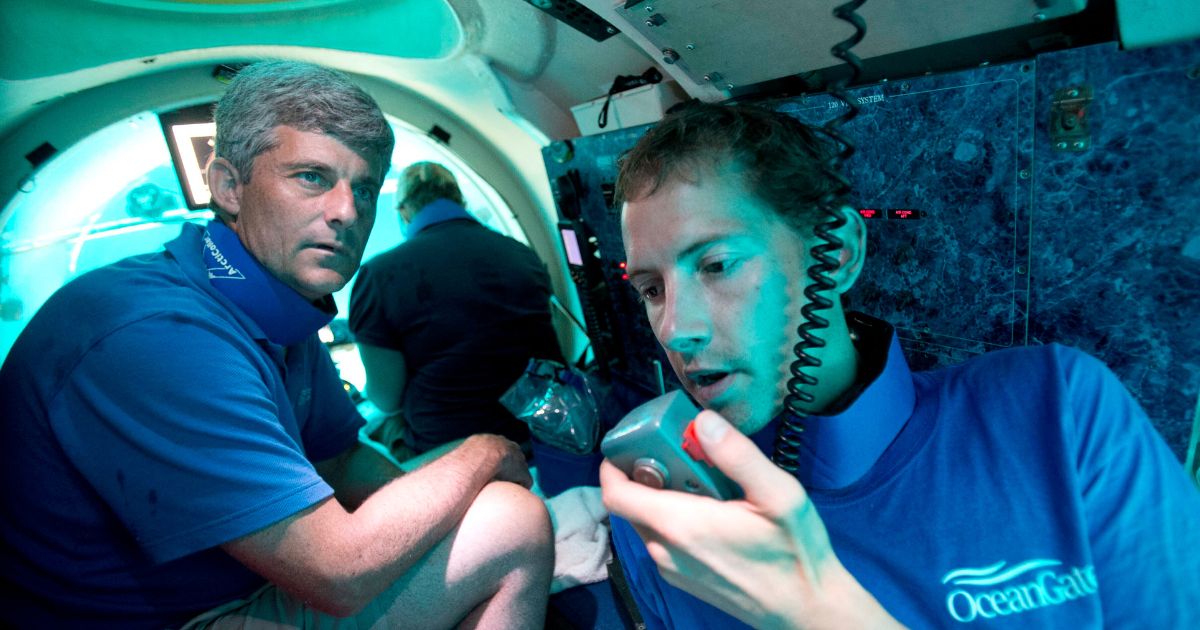Space Force’s Support of Military Ground Operations Remains a High Priority
Frank Calvelli, a top acquisition executive, stated that the Space Force should be focusing on the advancement of satellite systems for military operations on Earth.
CHANTILLY, Va. — There is continuing interest in what role, if any, the U.S. Space Force will play Support NASA In cislunar or lunar space
Those discussions are worth having but the service for now needs to keep its focus firmly on Earth, building the next generation of satellites for U.S. military operations, the Space Force’s top acquisition executive Frank Calvelli said Jan. 24.
“I think we need to stay focused on our current missions and get those done really well,” he said at the National Security Space Association’s defense and intelligence conference.
Calvelli, assistant secretary of the Air Force for space acquisition and integration, oversees the Space Force’s procurement programs.
“There’s been talk of what our role in cislunar space is,” He stated. “That’s an important talk down the road but right now what’s important is tackling our core mission areas, and making sure the architecture is resilient, making sure the architecture is integrated so that [U.S. military operators] can use it effectively.”
Integration of space systems and air, ground, and maritime platforms has been a trend. Major challenge for the Space Force As military forces become more dependent on satellites, they will be able to perform critical operations. Calvelli explained that connecting space and terrestrial systems gives forces a crucial advantage.
Calvelli recognized satellite-based communication, space domain awareness and precision navigation and timing as well as missile warning and tracking. “core mission areas” Space Force needs to invest in itself and move forward. “We have really got to take our core mission areas and transform them,” He stated.
His comments are similar to those made last year, by Air Force Secretary Frank Kendall, at an industry conference. He stated that going the moon is not currently on the national security priority list. “I don’t see a lot of interest from a defense perspective,” Kendall said, noting that the United States today faces big space security challenges within Earth’s orbit.
Calvelli’s emphasis on providing capabilities for military operations also is reflected in the Recent decision to change the name the Space Development Agency’s planned network of military satellites in low Earth orbit.
The agency’s constellation previously named “National Defense Space Architecture” The rebranded as “Proliferated Warfighter Space Architecture.”
Calvelli coined the term “national defense” was too broad and he wanted the name to reflect SDA’s focus on providing space-based capabilities for U.S. warfighters.
Experiments in cislunar Space
However, the Air Force is funding an experiment to explore outer space’s cislunar regions. The Air Force Research Laboratory plans on Launch a demonstration mission In 2025, deep space will be used to track and detect objects in the vicinity of the moon. These objects cannot be seen optically from Earth orbit or satellites in traditional orbits.
Some in the Space Force believe that the service must be prepared for operations in cislunar spaces in the next ten years, especially if Russia and China seek to establish a presence at the moon to extract material and energy resources.
“The United States and China are currently leading competing multi-nation efforts to send robotics and humans to the Lunar South Pole,” wrote Captain Tyler Bates, a planner at the Space Force’s Space Operations Command.
“Helium-3, iron, titanium, thorium, uranium, potassium, and rare earth elements also exist in significant concentrations across the lunar surface,” Bates wrote an article in Article published in the last year in the Department of the Air Force’s Journal of Strategic Airpower & Spacepower.
“The United States should not cede access to this emerging economic zone of activity to nations notorious for claiming territory and resources by force or threat of force such as Russia or China,” Bates said. Space Force deployment is necessary to ensure security in the lunar region. “enabling capabilities including satellite communications, position, navigation, and timing, space domain awareness, and intelligence, surveillance, and reconnaissance space systems.”
" Conservative News Daily does not always share or support the views and opinions expressed here; they are just those of the writer."





